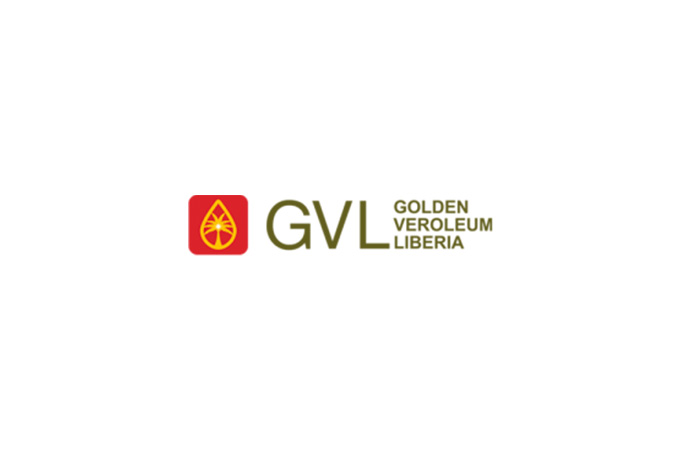Land Area
Land clearing entails consideration of land and water conservation as well as the fertility of the soil. Each of these factors affects plant growth and productivity.
From the perspective of conservation it is useful to categorize agricultural lands in terms of slope.
- Slope must be measured with an Abney Level or clinometer.
- 0.6 m backdrop is required for a terrace less than 5 m wide.
- Roads should be built before terraces.
This system has the following benefits:
- It minimizes the difference in elevation from road to terrace, thus making it easier to move between the two areas.
- Runoff from the road will drain to the back of the terrace where it can be collected and re-used so long as the terrace is higher than the back slope.
- It reduces erosion associated with road runoff, thereby reducing the cost of road maintenance.
Drainage
The importance of drainage depends on topography and soil type. Drainage is a minor issue in moderately hilly areas, but is critical in low lying areas, areas with heavy clay soil and areas in close proximity lo rivers.
The first consideration in designing a drainage system is to determine the location of the outlet and to straighten the natural channel so that water follows the slope.
The drainage system and water management in general are critical issues for peat lands and areas with pyrite soil layers. It is important not to drain peaty areas too throughly, because doing so can result in the rapid depletion of the peat layer, and the topsoil may become irreversibly dehydrated. In areas in which the soil contains layers of pyrite, care must be taken to preserve 60-70 cm of water over the top of the pyrite layer to prevent it from oxidizing to an acidic sulphate that can make the soil excessively acidic.
Land Conservation
It is generally recommended that land slopes between 12º to 20º should be terraced for oil palm cultivation. Terraces will result in better field, improved access, water retention etc. Similarly, anti-erosion or stop bund helps to stop excess water running freely away and hence prevent soil erosion and conserve water. Anti-erosion bund comprises the digging of discontinuous silt pits along the contour, an un-dug section being left every few meters to stop water actually running along them. The excavated earth is used to erect a continuous earth bank, or bund.
The benefits of land conservation include:
- Increases in growth and harvest and decreased maintenance requirements.
- Decreased surface erosion.
- Increasing water infiltration rates.
- Preservation of soil’s moisture.
- Retention of open areas providing good sunlight.
GVL conserved the land by applied several methods namely:
- Terrace Conservation
- Contour Terrace
- Platform with Silt Pits
- Conservation Plants


